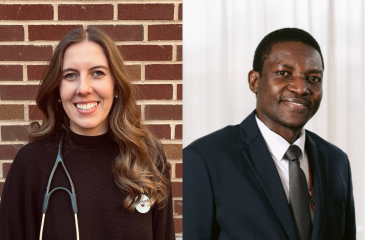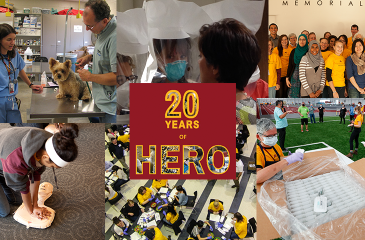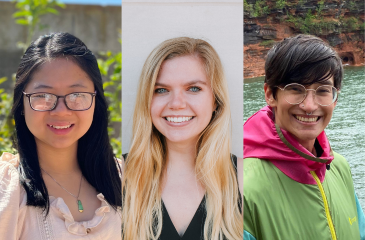- A beloved musician dies alone in the elevator of his recording complex.
- A homeless woman dies in a tent at the Franklin-Hiawatha encampment.
- Young parents overdose in their car with their young children in the back seat.
- Dentists hesitate before prescribing opioids to a teenager after a routine removal of wisdom teeth.
- A nurse in an assisted living facility must personally administer all the hospice patients’ pain medication because five years ago a staff member was caught stealing it.
- A pharmacist creates an armed robbery plan with staff members and a security specialist.
- A veterinarian, who has never had to worry about a patient abusing a drug, now must learn to identify situations where drug diversion is a possibility.
- Public health experts sound the alarm at the unprecedented magnitude of the crisis of opioid abuse…and wait for the rest of the country to slowly listen and react.
- ER doctors struggle daily with the problem of distinguishing a patient with chronic pain from one who is drug-seeking.
If ever there was a "wicked problem," opioid addiction and abuse is one. We see its terrible impact throughout our society and the costs, both human and monetary, are huge. Some cities and communities are suing the big pharmaceutical manufacturers of these drugs in the hopes of changing manufacturing and marketing practices and getting the resources to help combat the existing problem. This may help in some ways, but it isn’t a solution. As shown above, the health sciences have made innumerable changes to practice, but the problem still remains.
Researchers have confirmed that addiction makes visible changes to the brain. We see it as a disease that takes over neural pathways and restructures the way they function, hijacking and then overloading the normal reward systems.
Almost two years ago, William C. Moyers spoke here. What struck me at the time was his statement that the only way to know if you are an addict or not is if you become one. He also said that removing the substance may help, but it isn’t a cure. It just takes one small thing to reactivate the pathways and start the spiral of addiction over again.
There is hope. We have shown in animal models that interventional psychology and cognitive training can be used to rewire the places in the brain that are changed in addiction. Vaccines exist that stimulate the immune system to produce antibodies that bind to heroin and fentanyl, making them too big to cross the blood-brain barrier. Deep brain stimulation may also work to block the neural pathways involved in addiction response. New drugs are in the pipeline that relieve pain without risking addiction.
The complexity of the problem reflects why academic approaches to healthcare are needed. We have powerful tools in place: the Medical Discovery Team on Addiction, the University of Minnesota Opioid Advisory Task Force, and partnerships for community outreach. We are building a one-stop shopping resource, as it were. Coming together as an extended team of scientists and experts who are willing to work outside the institutions silos and walls, we can find lasting and complete solutions to the problems of addiction.
We need the widest possible perspective to develop the broadest possible solutions. Most, if not all of you, have been impacted in some way by this crisis. What observations and wisdom do you have to share?



